Sustainable Building Materials: 13 Eco-Friendly Options
-
Shea Cummings
- Last updated:
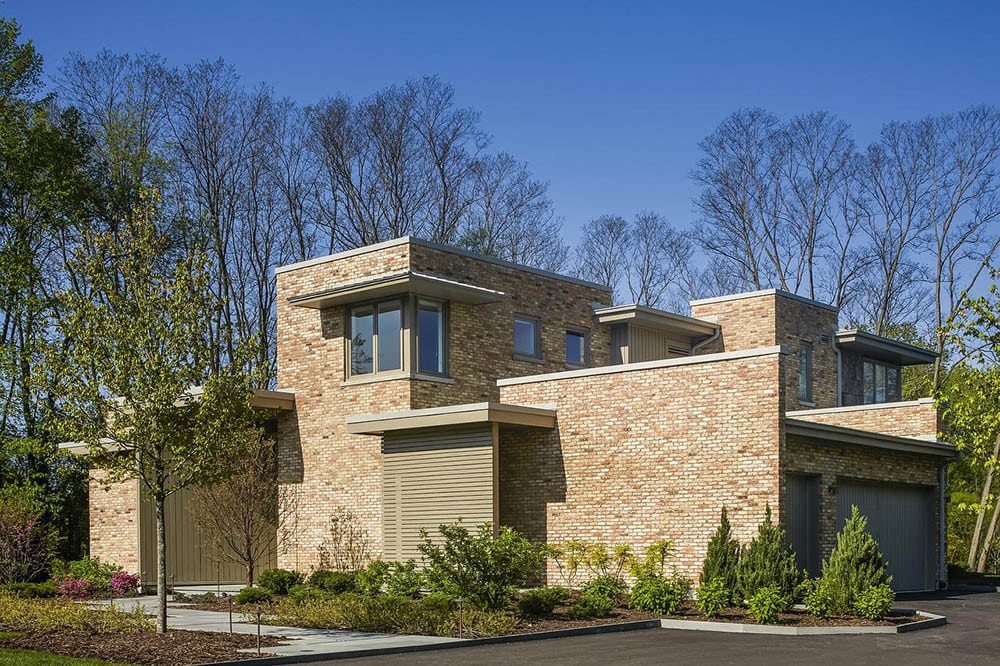
Sustainability is front-of-mind for many people nowadays. As a collective, we are trying to develop ways to take care of our planet. One significant way we can do this is by using eco-friendly building materials for new construction.
Thanks to new technologies, some materials are sustainable to produce, and others that aren’t quite as sustainable to produce have long-term eco-friendly results. Below we’ve put together 13 of the most common eco-friendly building materials available today.

Sustainable Building Materials (13 Options)
1. Bamboo
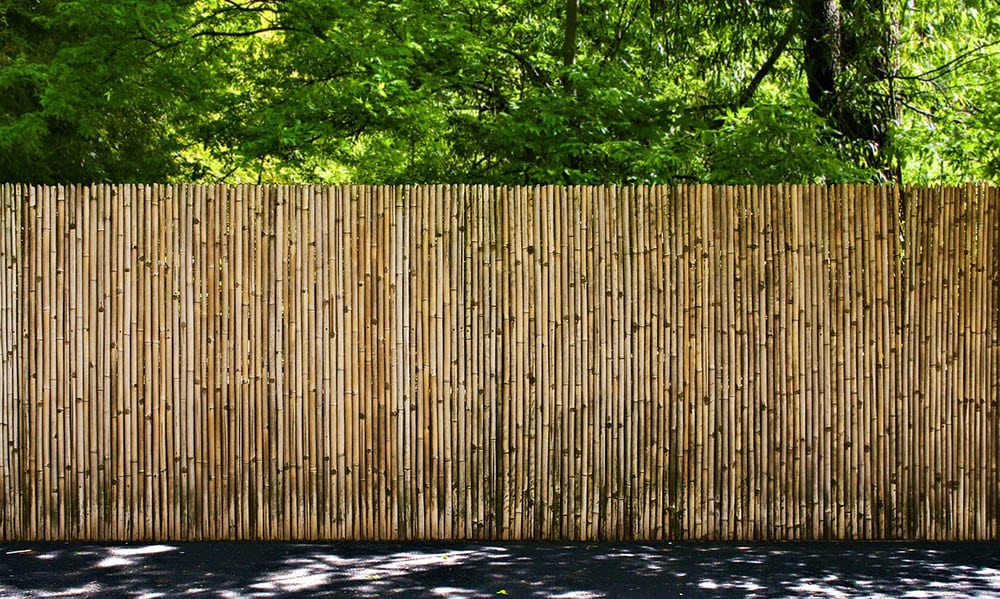
Bamboo is exploding in popularity for many applications. One of those applications is in construction. It’s a lightweight material that can be easily transported. It can also be processed into different forms to accomplish different construction tasks.
What makes bamboo so eco-friendly is how fast it grows back. In only 3–5 years, it can grow back to full maturity. Also, it will grow back once harvested without needing to be replanted. The only problem with its popularity is that bamboo farming is headed toward unsustainability as forests and fields are replaced with bamboo.
Fun fact about bamboo: it’s technically grass—not a wood tree.
2. Rammed Earth

Using the earth as a construction material is one of the oldest building techniques of mankind. However, the process has greatly improved over the years. Today, even some luxury homes use rammed earth to create incredible walls that are durable and look great.
Rammed earth floors and walls also make great thermal storage for energy savings in heating and cooling. During the day, they absorb the heat to keep it cool. Then as the outside temperature cools down, the walls begin to release that thermal energy.
In some instances, rammed earth can replace concrete. For example, some companies created blocks of rammed earth that replace traditional concrete masonry.
3. Straw Bale

Straw has been used in construction for many years. However, it’s increased in popularity in recent years due to its low cost and incredible insulation abilities. Another huge plus is straw’s flame-retardant abilities compared to wood construction because a tightly packed straw bale will smolder instead of bursting into flames.
Straw bales are used as load-bearing walls and as filler for insulation purposes. However, there are certain applications for which straw isn’t an ideal construction material because of its susceptibility to rot and mold. So, straw isn’t a good option in an environment with high humidity.
4. Solar Roof Tiles

When you think of solar panels, you likely think of those giant black, and grey panels bolted to a roof that can honestly be an eyesore. As technology has increased and improved around solar energy generation, some companies have started developing solar tiles.
These tiles are designed to function as attractive roof tiles in addition to their solar power capabilities. There are tax subsidies and rebates available for installing solar power in many places. So not only will you be taking the strain off commercial energy production, but they will also save you money in the long run.
5. Structural Insulation Panels
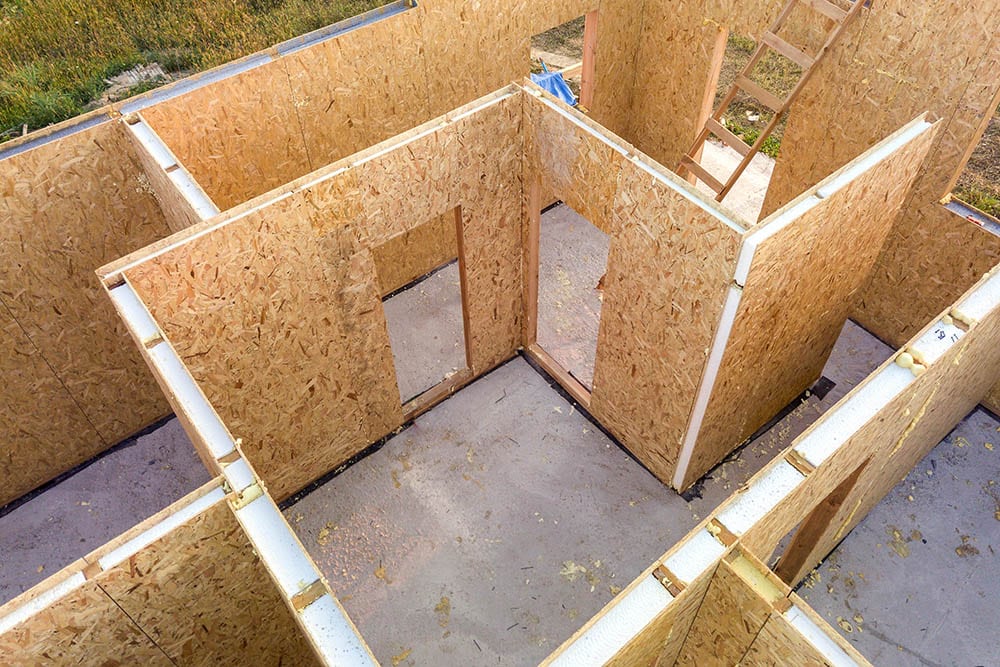
Eco-friendly isn’t only about the materials used. To be truly eco-friendly, a material should produce long-term results. Structural insulations panels (SIPs) are among the most well-insulated building materials available today.
Air loss accounts for up to 40% of a home’s heat loss, and with how airtight SIPs are, they almost prevent this entirely. Also, the production of SIPs requires less energy and raw materials to make, so they are environmentally friendly right from the production stage.
6. Papercrete

One might think of concrete as unsustainable or non-eco-friendly, and the amount of sand needed for concrete is certainly having a negative effect on the environment. There is an increased production of carbon dioxide and flooding due to sand harvesting.
Papercrete is one substitute for concrete. Instead of the traditional materials used in making concrete, papercrete uses repulped paper and even sawdust to create a concrete-like material.
Because it’s made from paper, papercrete is not ideal for all situations. However, if we employ waterproofing techniques and even start using it as an interior building material, there would be incredible eco-friendly benefits in the long term.
7. Lumber
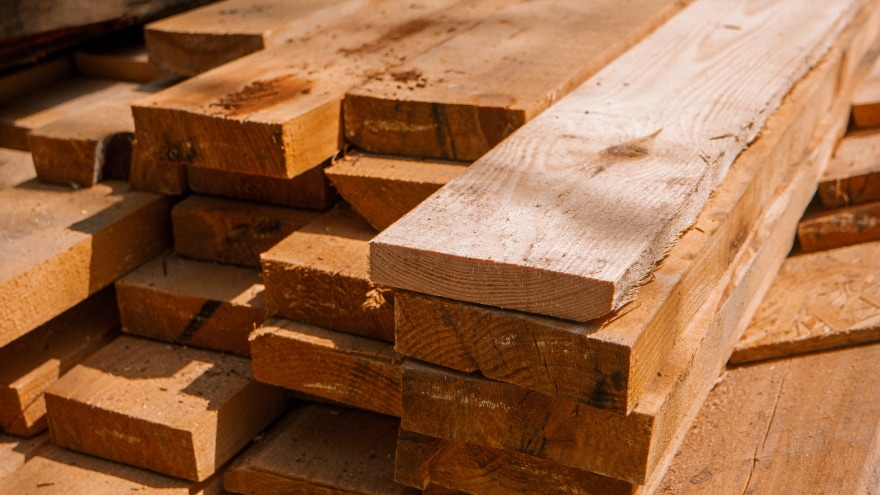
Lumber is not automatically an eco-friendly or sustainable building material because of how unsustainably it’s often harvested. However, it’s a powerful renewable resource when it is sustainably harvested.
For nearly 400 years, concrete and steel have been the preferred building material for skyscrapers and large buildings. But, in recent years, cross-laminated timber (CLT) has become exceedingly popular as a cheaper and more eco-friendly option for large building projects.
Because CLT is made by gluing strips of wood together to create sturdy and durable beams, it creates an easy way for sustainable forest harvesting.
8. Wool

In countries where sheep are abundant, wool insulation is becoming popular. It’s a versatile material that possesses air filtration, sound-dampening, and climate-controlling properties. Plus, sheep are growing it back every year for sustainable harvesting!
When you think of insulation, most people picture that pink fiberglass insulation. It’s been used for years, and it does the job. However, moisture is its enemy. In contrast, sheep’s wool withstands moisture without rotting. Wool is also more user-friendly to install because fiberglass is unpleasant on your skin and dangerous for your lungs.
9. Recycled Steel

Steel is one material that is always 100% recyclable. Using recycled steel prevents the need for harvesting materials for new steel and keeps it out of landfills. Also, when steel is recycled, it reduces the overall energy needed because it takes a lot less energy to recycle it versus making new steel.
To put it into perspective, a 2,000-square-foot house would take approximately 50 trees to build. However, if you were to go with steel, it would take around the equivalent of six scrapped cars worth of steel.
10. Clay Brick
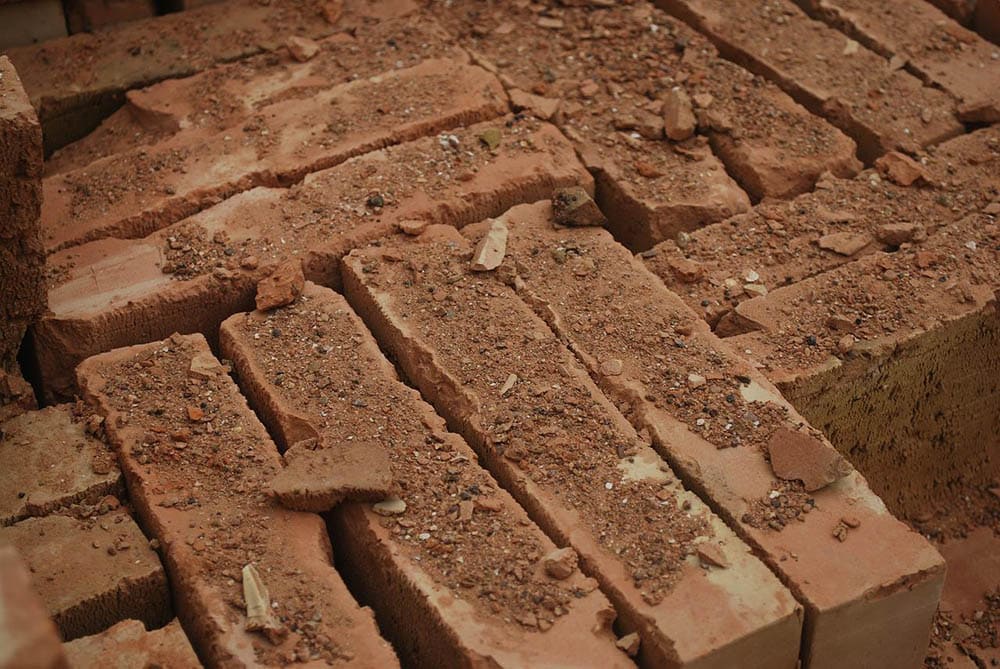
Clay bricks are another material that has been used for many years. They are natural building materials made with water and clay. Not only is their production eco-friendly and sustainable, but once they end up in the landfill, no toxic chemicals are released into the environment.
A huge plus to using clay bricks for construction is their natural thermal insulation properties. They will absorb heat during the hot summers to keep your home cooler. Then, they do a great job of keeping the heat in throughout the winter.
11. Plant-based Polyurethane Foam
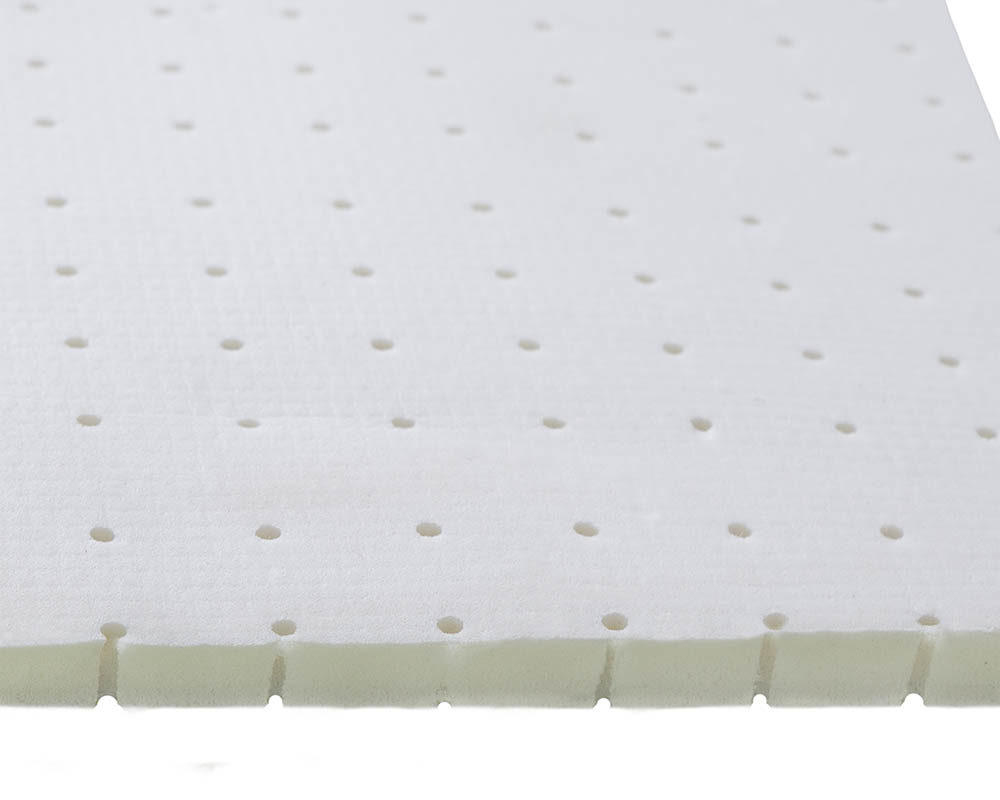
Another great insulator, if sheep’s wool isn’t an option, is plant-based polyurethane foam. Hemp, kelp, and bamboo are used in their construction. These ingredients give it excellent moisture and heat- resistance.
It’s available in rigid foam sheets or can also be sprayed in. So, the applications for this plant-based foam are almost endless.
12. Hempcrete Bricks
Like papercrete, hempcrete bricks are a sustainable and eco-friendly alternative to using concrete. While they still use sand and lime, hempcrete blocks use less than a traditional concrete mixture, and hemp is an ultra-sustainable resource.
Hempcrete has several advantages other than its sustainability. It’s pest-resistant and fire-resistant, plus it has great insulating properties. However, it’s not quite as strong as concrete. So, concrete is a better option in a situation where strength is critical.
13. Enviroboard
Enviroboards aren’t typically used in structural construction. However, they provide a fire-resistant board that makes a good roof and wall lining or floor underlay. Enviroboards are stronger than traditional boards because of their resistance to fire and water and don’t warp over time.
Magnesium, sawdust, and fiber cloth are used to create Enviroboards, so even their production is an eco-friendly process.

Conclusion
In many cases, using these materials won’t save you money upfront. But their use helps improve our planet. Plus, most of them will give you long-term money savings by lowering energy costs.
The thing about being eco-minded isn’t about making dramatic changes. It’s the small, conscious decisions we make to use different products or materials that make a massive difference over time.
Featured Image Credit: bennerm, Pixabay
Contents
